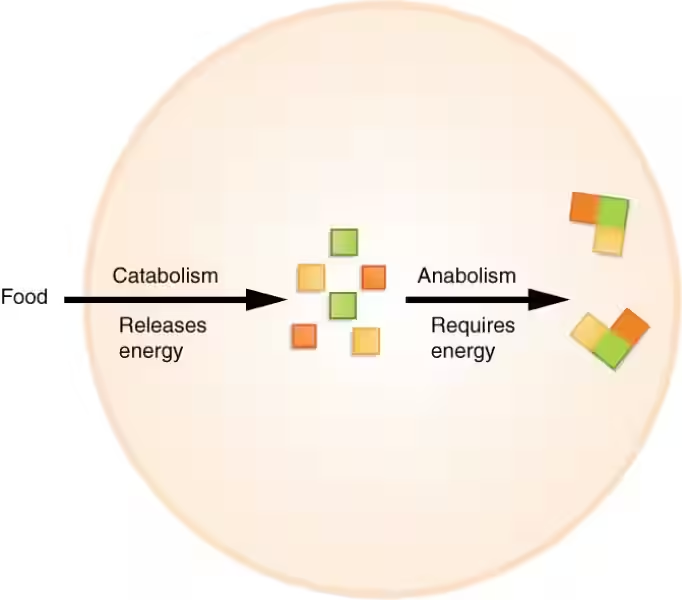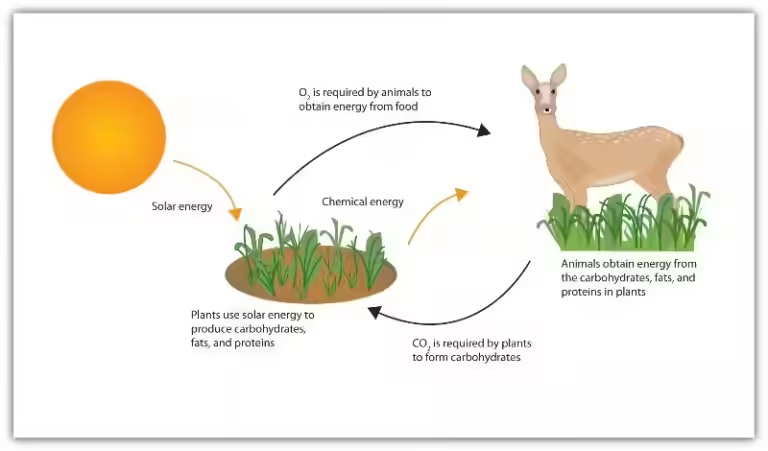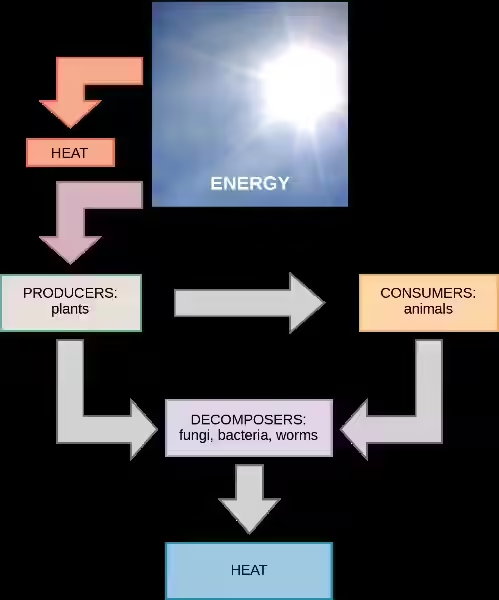The Body's Energy Storage: A Journey of Fuel

Our bodies are remarkable machines, constantly working to sustain life. But how do they power themselves? The answer lies in the concept of energy storage, a vital process that allows us to function throughout the day and even push ourselves beyond our limits. Think of your body as a complex energy bank, continually depositing and withdrawing fuel to meet the demands of life.
Imagine a marathon runner. To conquer those miles, their body draws upon a vast network of energy stores. These stores, like a well-stocked pantry, provide the fuel needed for every stride, every breath. This article delves into the fascinating world of how our bodies store energy, exploring the different types of fuel and how they are utilized to keep us moving.
The Body’s Energy Currency: ATP
At the heart of this energy system is a molecule called adenosine triphosphate (ATP). Think of ATP as the universal currency of energy within our cells. Every time a muscle contracts, a neuron fires, or a molecule is synthesized, ATP is broken down to release energy. It's like a tiny battery powering every cellular process.
However, our bodies don't store a massive amount of ATP. Instead, it's constantly being produced and used. So, where does this energy currency come from? The answer lies in the fuels we consume: carbohydrates, fats, and proteins.
Carbohydrates: The Body’s Preferred Fuel
Carbohydrates, the starches and sugars found in foods, are the body's primary energy source. They are readily broken down into glucose, a simple sugar that can be used immediately for energy. Think of glucose as a quick-burning fuel, efficiently powering our muscles and brain.
Glucose Storage: Glycogen
Our bodies can't constantly be consuming carbohydrates to fuel our activities. That's where glycogen comes in. Glycogen is the storage form of glucose, like a reserve tank of fuel. It's stored in the liver and muscles, ready to be converted back into glucose when needed.
Liver Glycogen: Balancing Blood Sugar
The liver glycogen acts as a blood sugar regulator. When blood sugar levels drop, the liver releases glucose, ensuring a steady supply of energy to the brain and other vital organs. This is particularly important for maintaining mental clarity and preventing fatigue.
Muscle Glycogen: Powering Movement
Muscle glycogen is the fuel source directly used by our muscles during exercise. When we engage in physical activity, our muscles tap into this stored energy to keep us moving. This is why carbohydrate loading, a practice of increasing carbohydrate intake before endurance events, is so crucial for athletes.
Fat: A Long-Lasting Energy Reservoir
If carbohydrates are the quick-burning fuel, then fats are the long-lasting energy source. They are more energy-dense than carbohydrates, meaning they store more energy per gram. Fat is stored in the body as triglycerides, primarily in adipose tissue, also known as body fat.
Fat Mobilization: A Slower Process
While fat provides a vast energy pool, its mobilization to fuel activity is a slower process compared to carbohydrate breakdown. This is because fat molecules need to be broken down into fatty acids, which then travel to the muscles to be used for energy. The process requires more oxygen than carbohydrate metabolism, making it less efficient for high-intensity activities.
Intramuscular Fat: A Local Fuel Source
Surprisingly, some fat is also stored within muscle fibers. This intramuscular fat is a readily accessible energy source during exercise, especially during prolonged activities. While it may not be as abundant as body fat, it can contribute significantly to energy production.
Fat's Importance for Endurance
Fat becomes increasingly important as a fuel source during long-duration exercise or when carbohydrate stores are depleted. This is why endurance athletes often train to utilize fat more efficiently. They learn to "burn fat," which helps them sustain activity for longer periods.
Protein: The Body’s Builder, Not a Primary Fuel Source
Protein, the building block of muscles, bones, and other tissues, plays a different role in energy metabolism. While it can be used as fuel, it's not the primary source. Protein is primarily used for growth, repair, and maintenance of bodily structures.
Protein as Fuel: A Last Resort
When carbohydrate and fat stores are depleted, the body will start to break down proteins for energy. This process, known as gluconeogenesis, converts amino acids, the building blocks of protein, into glucose, which can then be used for energy. However, this is not the most efficient way to fuel activity.
Protein's Role in Recovery
While protein is not a primary fuel source, it plays a vital role in post-exercise recovery. After a workout, the body needs protein to repair damaged muscle tissue and promote growth. Eating adequate protein after exercising helps the body rebuild and adapt to the stress of training.
A Holistic Approach to Energy Storage
Our bodies are incredibly adaptive when it comes to energy metabolism. They can switch between different fuel sources depending on the demands of the situation. For example, during short bursts of intense activity, the body relies heavily on carbohydrates, while during prolonged endurance activities, it gradually shifts to utilizing more fat.
Understanding how our bodies store and utilize energy is crucial for optimizing our health and performance. By focusing on a balanced diet rich in carbohydrates, healthy fats, and adequate protein, we can ensure our energy stores are adequately replenished, allowing us to meet the daily demands of life and push ourselves to our full potential.
Frequently Asked Questions About Energy Storage in the Body
What is the primary energy currency used by the body?
ATP
What is the high-energy compound stored in small amounts that can quickly fuel short bursts of activity?
Creatine Phosphate (CP)
What is the body's primary energy source, readily broken down into glucose?
Carbohydrate
Where is glucose stored in the body?
Liver and muscles as glycogen
How is muscle glycogen used?
Directly by muscles as fuel
How is liver glycogen used?
Converted back into glucose and released into the bloodstream to maintain blood sugar
What is the brain's primary energy source?
Blood glucose
What happens when muscle glycogen stores are depleted?
Hitting the wall, fatigue, and reduced performance
What happens when liver glycogen stores are depleted?
Hypoglycemia, low blood sugar, further performance decline
What is the body's most concentrated energy source?
Fat
What is stored fat in adipose tissue broken down into for fuel?
Fatty acids
What is the readily accessible fat stored within muscle fibers?
Intramuscular fat
What is the most efficient fuel source per unit of weight?
Fat
What is required for efficient fat metabolism?
Carbohydrate
What is the primary role of protein in the body?
Building, maintaining, and repairing tissues
When is protein used as fuel?
During prolonged exercise or calorie restriction when glycogen stores are depleted
What is required for maintaining brain and nervous system function?
Carbohydrate
What type of exercise is fat a more important fuel source for?
Low- to moderate-intensity exercise
What does fat utilization during prolonged exercise delay?
Glycogen depletion, prolonging activity
What percentage of energy does protein provide during prolonged exercise when glycogen is depleted?
Up to 15%








